Most people often put Yoga and Pilates in the same category. While there are some similarities (like they both focus on relaxation techniques), each has its primary benefits.
Yoga refers to a holistic discipline that dates back over 5,000 years ago from ancient India. Pilates is a particular physical system created in the early 20th century by a German anatomist. And while both have a lot of things in common, these two are totally different.
As holistic practices, both Yoga and Pilates offer a lot of health benefits to their practitioners. Aside from providing a unique way to relieve one's stress, it also gives people a way to develop their flexibility, endurance, and strength. But with all the benefits that both have, how do you choose between them?
Here are some differences between Yoga and Pilates that you might consider when deciding which is the right one for you.
Primary differences between Yoga and Pilates
The Basics of Pilates

Joseph Pilates developed the exercise at the end of World War I to use as a rehabilitation exercise for wounded soldiers. Joseph Pilates then brought it to the United States in 1923, where he spent several years improving his approach.
Pilates aims to increase a person's muscle strength and endurance. Even more, it also helps stabilize the muscles found on your back and core. Practicing Pilates can also promote better balance and reduction in joint pain.
Pilates centers around small movements that require you to use the most out of your back and core muscles for stabilization. There's also a strong focus on starting every session with controlled breathing techniques to help with contracting your core muscles. Although you can do most of the methods using a mat, some stance requires special equipment such as springs and a lever to provide resistance to your body weight.
A few studies showed that Pilates could help people with arthritis and joint injuries. It's also proven beneficial to those with urinary incontinence and respiratory conditions.
The Basics of Yoga

Although no one knows where Yoga started, it has roots in various Eastern Religions such as Buddhism and Shamanism. This practice centers around proper breathing and exercise techniques, relaxation, diet, and meditation.
Primarily, Yoga practice centers around breathing and mindfulness exercises. Although there are various Yoga types, it's standard to hold multiple poses using different movements in most sessions. Some people also see Yoga as a unique form of mind and body fitness that combines physical techniques with mindful concentration. Thus, bringing awareness to one's energy and breathing.
But aside from its mental and physical benefits, Yoga also has other uses, including alleviating anxiety and depression. It's also helpful with arthritis and multiple sclerosis as well as for people diagnosed with chronic pain and type 2 diabetes. But, anyone dealing with any of these health conditions (or any other concerns) absolutely needs to consult their medical professional before starting a new exercise regime.
Which is Better?

Both Pilates and Yoga are excellent forms of exercise. So, if you're fit, Yoga and Pilates are both great workouts.
But if you have a health condition, then it's best to speak with your doctor about it. Remember that various forms of Yoga require flexibility and mobility to perform. And although you can modify most of the poses, you might experience severe limitations or even pain when doing more progressive stances.
Yoga comes in various styles, including Ashtanga Yoga which is faster-paced with progressive sequences. So it's best to find the one that suits well with your body. Meanwhile, Pilates can be excellent for senior adults and those on injury recovery and need some low-impact physical activities to help them recuperate.
In most cases, Pilates mostly requires a mat to do various poses. But it can be a bit more challenging for those diagnosed with mobility issues or weak core strength. But one catch with Pilates is its price per session. It can be pretty expensive, especially if you want to have access to various equipment needed for some Pilates exercises. Meanwhile, if you're physically unfit to do some of the poses, then you can modify both Yoga and Pilates to suit your level.
The Bottom Line
Both Yoga and Pilates are great forms of exercise. But if you're determined to practice any of them, then it's best to speak to your doctor about it. It's highly advisable to modify these workouts if you're suffering from any back or neck pain or injuries, and consider taking private lessons before joining a class. Keep in mind that pushing yourself over your limit can cause physical injuries, which can take months until full recovery.
Both Yoga and Pilates can help you build lean muscles while increasing your flexibility. They can also help you relax and improve your core strength at the same time. Both of these exercises can also help you with your meditation and improve your balance and flexibility.
I am Michele Park, and I have been a mentor in the health and fitness industry for over 30 years. CLICK HERE to visit my website and learn more. I am also a Creator and Top Fitness Program Designer, and I have a new program I call SOULFUSION. I know you are going to LOVE. CLICK HERE to learn more about my new program SOULFUSION.

